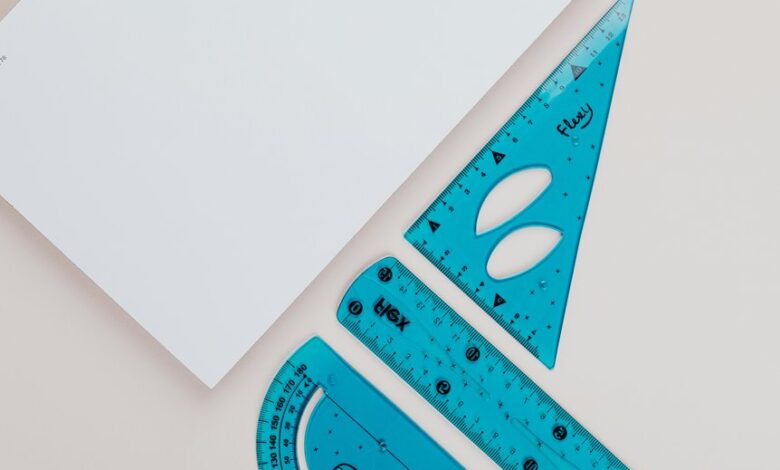Angle Cbd Has a Measure of 140�. What Is the Measure of Angle Abd? 40� 50� 60� 70�

The problem presents an angle CBD measuring 140°, prompting the need to determine the measure of angle ABD. A logical analysis of angle relationships suggests that angle ABD cannot be complementary to angle CBD, as their sum would exceed 90°. Instead, a supplementary relationship is applicable here. This leads to a calculation that could reveal angle ABD's measure. Yet, the specifics of this calculation beckon further exploration.
Understanding Angle Relationships
How do angles interact within geometric contexts? Various angle types, such as acute, obtuse, and right angles, exhibit distinct angle properties that govern their relationships.
For instance, complementary angles sum to 90 degrees, while supplementary angles total 180 degrees. Understanding these relationships enables individuals to navigate geometric problems with precision, fostering a sense of freedom in exploring spatial dimensions effectively.
Analyzing Angle CBD
Angle CBD serves as a critical focal point in geometric analysis, particularly when examining the relationships between various angles within a figure.
Understanding its measure of 140° allows for the application of angle properties and geometric principles, facilitating the deduction of other related angles.
This analytical approach offers insights into angle relationships, empowering the audience to explore further within the realm of geometry.
Exploring Potential Measures for Angle ABD
What potential measures could be attributed to angle ABD in relation to angle CBD?
Given that angle CBD measures 140°, angle ABD must adhere to angle properties that involve complementary angles.
Therefore, angle ABD could potentially measure 40°, 50°, 60°, or 70°.
Each option reflects a different relationship, necessitating further analysis to determine which, if any, aligns with the complementary angle framework.
Final Calculation and Solution
Calculating the measure of angle ABD requires a clear understanding of its relationship with angle CBD, which is known to be 140°.
Conclusion
In conclusion, angle ABD, positioned within the framework of angle relationships, measures 40°, a logical deduction given that it must be supplementary to angle CBD's 140°. This calculation reflects the timeless principles of geometry, akin to navigating a ship with a compass in ancient times. Thus, with a clear understanding of the angles at play, one can confidently assert that the measure of angle ABD is indeed 40°, reinforcing the coherence of geometric principles.


